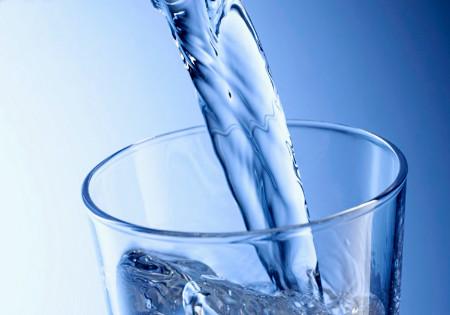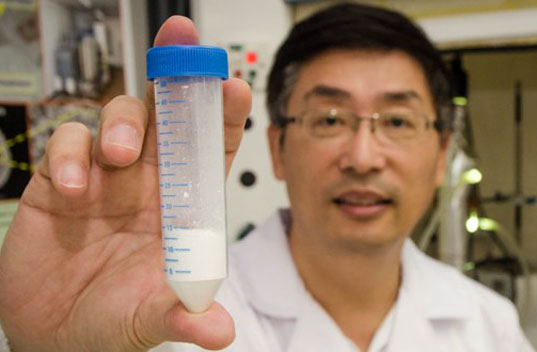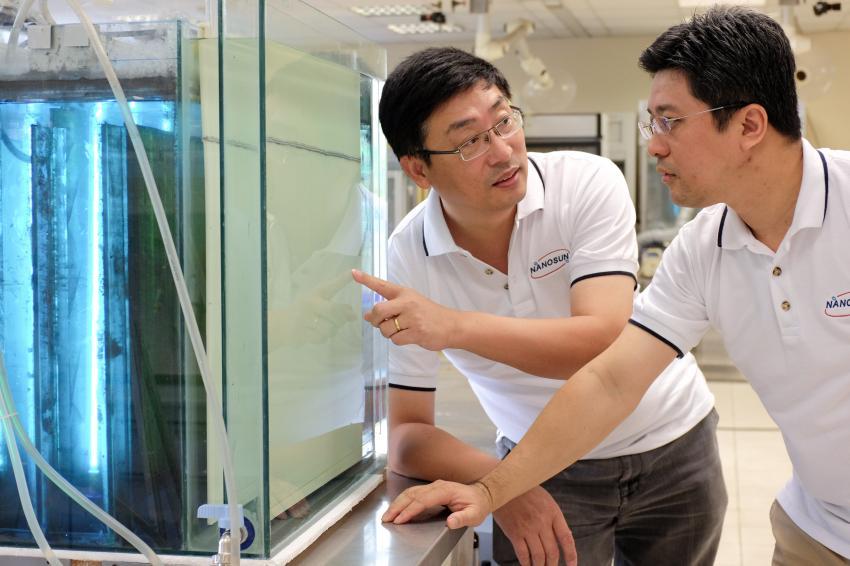 I will never forget my one and only backpacking trip, a week-long trek through Texas and Mexico. My cohorts and I drank up all our water much too greedily and had to search for more, many miles away marked on a little map. Although desperately hot and thirsty, by the time we found the lush spring, we had to use purification tablets and wait. And wait. And then still hope we didn’t get sick. Even so, that’s definitely the best drink of water I ever had—and one that caused me to pause and think about how often we take clean water for granted. Not only that—there are entire countries still waiting, hoping for cleaner water.
I will never forget my one and only backpacking trip, a week-long trek through Texas and Mexico. My cohorts and I drank up all our water much too greedily and had to search for more, many miles away marked on a little map. Although desperately hot and thirsty, by the time we found the lush spring, we had to use purification tablets and wait. And wait. And then still hope we didn’t get sick. Even so, that’s definitely the best drink of water I ever had—and one that caused me to pause and think about how often we take clean water for granted. Not only that—there are entire countries still waiting, hoping for cleaner water.
As constant and continuing as earth’s water cycle—so is our ever-growing need—and requirement for survival—to produce better science to make cleaner water. Membrane water filtration, a relatively new and still evolving technology, has become a competitive industry. A Singapore-based company, Nano Sun, is in the news, highlighting their seventeen-year R&D journey to provide 3D printed membrane technology for use in:
- An industrial paper mill in Guangzhou, China, to optimise its wastewater treatment processes.
- PT Pelaksana Jaya Mulia, an Indonesian firm, to provide 10,000 cubic meters of clean water a day.
- Potential use in humanitarian relief projects in developing countries.
Membrane technology has a very logical and simple science behind it – the membranes allow good clean water to pass through, but they keep behind the suspended solids and other substances that we don’t want to drink. Membrane filtration is separated into micro and ultra filtration, and nanofiltration and reverse osmosis, with the latter two requiring much higher pressure.
Created by Associate Professor Darren Sun from Nanyang Technological University’s (NTU) School of Civil and Environmental Engineering, the technology was developed there, and then patented in 2008. The 3D printed product is now being marketed by Nano Sun.
Aside from being produced through 3D printing, what makes Nano Sun’s membrane different is that is it made from titanium dioxide, whereas most membranes for water filtration are made of plastic, ceramic or stainless steel—and are more expensive to produce. Unlike other membranes, the titanium dioxide membrane does not break down in harsh conditions such as extreme heat or cold, or when exposed to ultraviolet light, which is used to disinfect water.
“Traditional polymer-based water filtration membranes are faced with issues such as fouling and high breakage, while the developing countries with high industrial output are generating wastewater which is increasingly harder to treat,” says Associate Professor Darren Sun, who is also chairman of the International Water Association Specialist Group on Chemical Industries.
The titanium membrane also allows water to pass through the material more readily, while simultaneously offering natural anti-bacterial and anti-fouling properties, meaning it is able to clean itself. The membranes are currently being 3-D printed at Nanyang Technological University’s (NTU), with plans to step up production in the near future.
Membrane filtration is important technology in that it is cost-effective, can be expanded easily, and works in low temperatures. “With more of the world’s population moving into urban cities and generating more wastewater, there is a real need for cost-effective technology,” said Assoc Prof Sun.
While currently valued at $80 million, Nano Sun has received $2 million in funding to jump start the project from the Prime Minister’s Office, the Public Utilities Board (PUB), NTU, and private investors. This impressive company wants to be seen as a “homegrown brand.”
How do you think this particular titanium dioxide product can make a global impact? Share your thoughts with us in the 3D printed water filtration forum thread at 3DPB.com.
Subscribe to Our Email Newsletter
Stay up-to-date on all the latest news from the 3D printing industry and receive information and offers from third party vendors.
You May Also Like
InfinitForm Comes out of Stealth with AI Co-pilot for Manufacturing Design
As manufacturing goes digital, new software tools are proving to be the key to streamlining the connection between users and advanced manufacturing hardware. Whether that is artificial intelligence (AI) for...
3D Printing Webinar and Event Roundup: April 21, 2024
It’s another busy week of webinars and events, starting with Hannover Messe in Germany and continuing with Metalcasting Congress, Chinaplas, TechBlick’s Innovation Festival, and more. Stratasys continues its advanced training...
CDFAM Returns to Berlin for Second Annual Symposium
The second CDFAM Computational Design Symposium is scheduled for May 7-8, 2024, in Berlin, and will convene leading experts in computational design across all scales. Building upon the first event...
BMW Targets WAAM 3D Printed Test Parts for Vehicles Next Year
The BMW Group has long been a user and innovator in additive manufacturing (AM) technology, dating back nearly 35 years. Nevertheless, the auto giant never fails to impress in the...



































